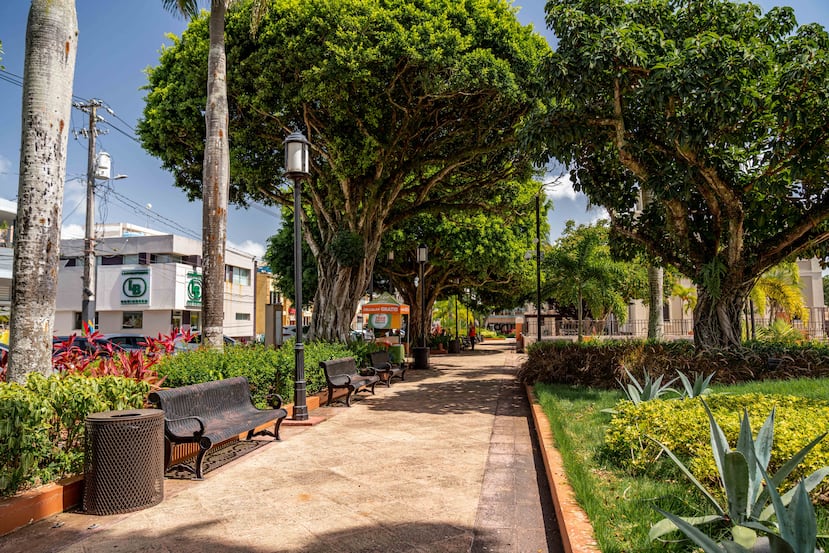
We are part of The Trust Project
Somos Cidra: The various charms of the “Town of Eternal Spring”
Discover this town’s natural beauties and cultural and historical landmarks
Archival note
This content was published more than 1 year ago.
April 2, 2024 - 9:30 PM


Lee la historia en español aquí.
Las noticias explicadas de forma sencilla y directa para entender lo más importante del día.


Te invitamos a descargar cualquiera de estos navegadores para ver nuestras noticias: